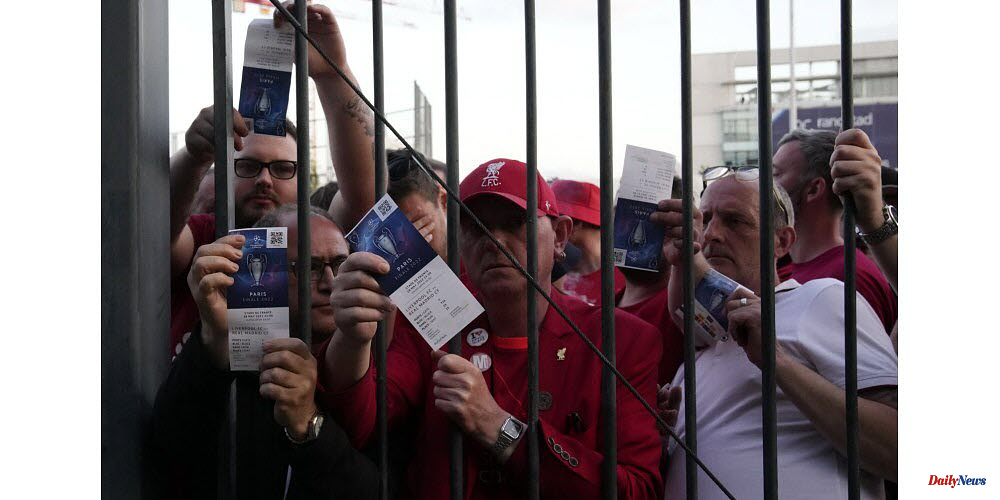The French Football Federation (FFF), mobilized 1,680 security officers for the Real Madrid-Liverpool Champions League Final. 17% more than the Coupe de France final. 6.800 police officers, firefighters, and gendarmes were deployed on the police side. 1,300 of them are at the Stade de France.
The pre-filtering points near the stadium were "configured as normal, with 10 palpation line and 41 agents capable of correctly processing a flow from 10,000 people", according to the RER D.
These were responsible for "double filtering", which involved inspecting supporters' clothes and bags as well as checking the validity of tickets by using chemical pens or electronic cards. The system was already tested successfully for the Coupe de France final, but it used electronic tickets. There is a very low chance of counterfeit tickets.
He was quickly defeated by the throng of supporters on May 28th. Michel Cadot notes that the strike on the RER B had actually led to the transfer a large number of travellers to the RER D. This created blockages "between exits of transport" and pre-filtering points, in particular because of the lack of signage.
The DGIES states that "the main trigger is the massification of a crowd in the public space at level of pre-screening points, spectators among whom a significant portion were either without tickets or given counterfeit tickets."
The figure of 35,000 people not having valid tickets in the stadium is, however, "to be placed into perspective", as it corresponds to "the deduction between the total number of people who arrived by any means up until the Stade de France" and the number of spectators in the stadium.
Orange identified 2,589 tickets as unknown after a first count. According to the document, three banknotes were duplicated hundreds of time, "with good visual fraud quality, on a card backing."
He describes how the blockages seen at pre-filtering were replicated at the level where the entrance tripods are located. "This prevented people with valid tickets from being allowed to enter the stadium."
After a huge influx of RER D workers, it was decided to open the dam at 6:30 p.m. to prevent "crushing phenomena" or "a very serious human cost", which could have resulted in the cancellation.
A breach of the security perimeter allows for the infiltration of "delinquents within the device", then "the occupation by several thousand people at the southern end of the stadium without tickets or counterfeit tickets." Police later noted numerous violent thefts.
This report justifies the invasion of the Stade de France forecourt.
Didier Lallement, Prefect of Police, regrets the term "disproportionate". Repositioning part of the force inside the stadium on its south side in order to stop intrusion attempts "helped leave the pitch to offenders", before "calm was partly restored at half-time. Episodes continued throughout the evening until the spectators left at match's end. 35 complaints were filed at Seine-Saint-Denis. 81 people were arrested.












